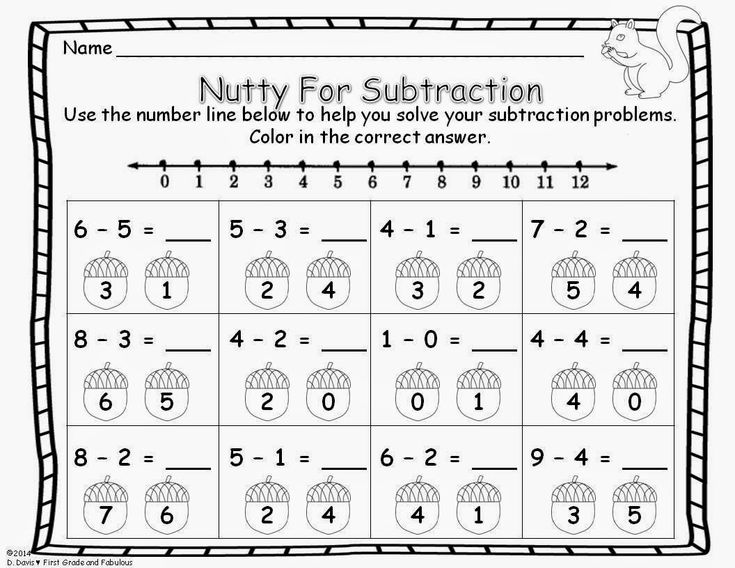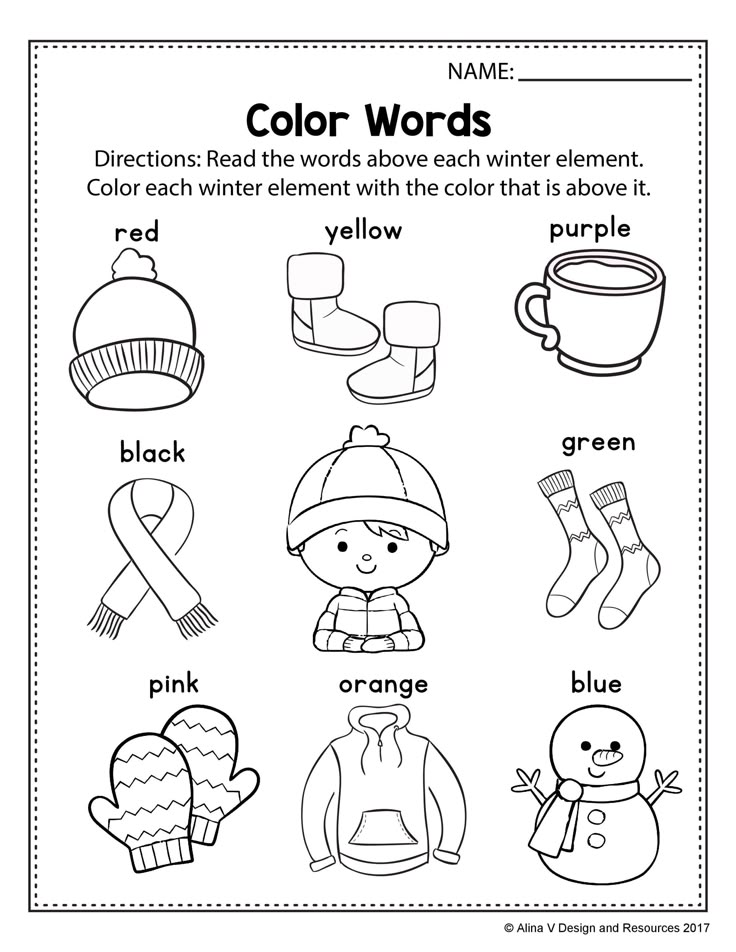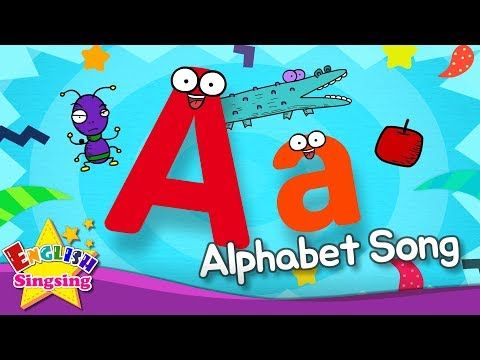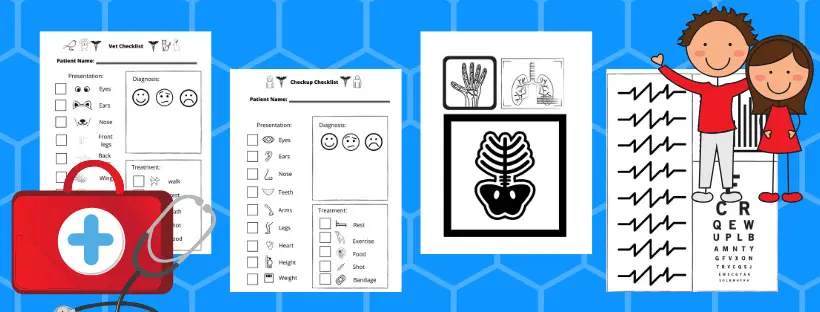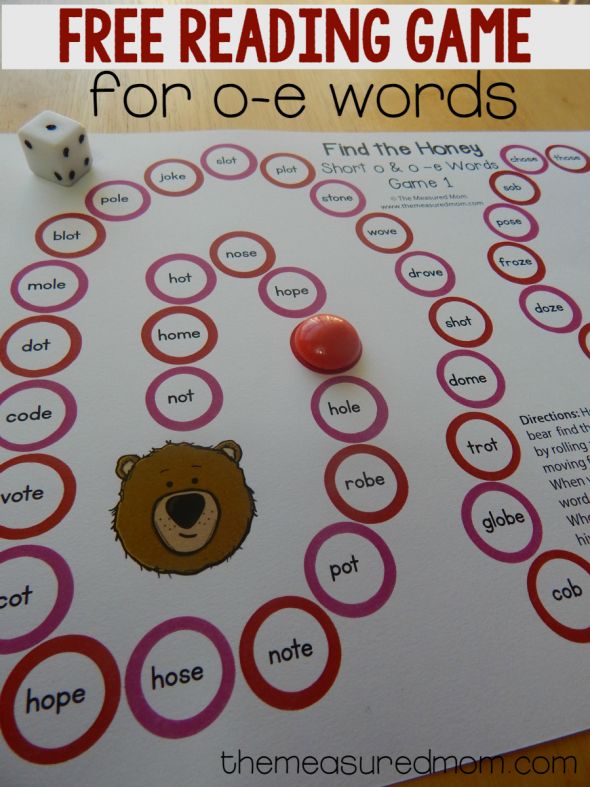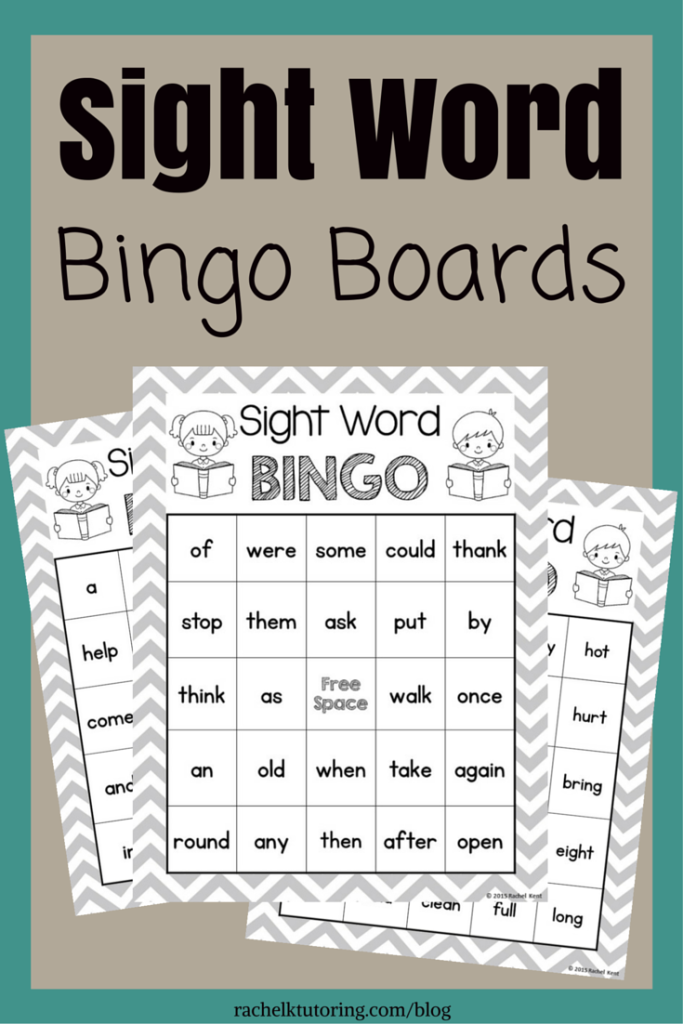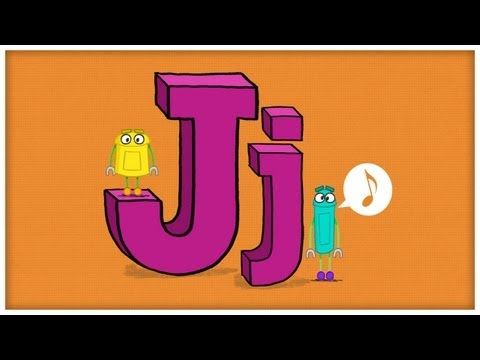Learning to read with phonics
Phonics Games for School and Home
Select phase Phase 2Phase 3Phase 4Phase 5
Using Past Phonics Screening Checks
- Ask the pupil to say each word out loud
- Tap the blue circle if they pronounce the word correctly, the yellow circle if they do not
- Results are automatically logged to the overview table. You can view an individual pupils session results by tapping their name in the class overview
Confirm and pay
Card details
Name on card
Thank you for your purchase.
You can now play all our games.
Play phonics games that make learning to read fun! Choose from 7 free online phonics games and practice a range of phonics skills from segmenting and blending, grapheme recognition, word comprehension, and much more! Our online phonics games are designed specifically for Key Stage 1 (Year 1 and Year 2) and Kindergarten students. Our phonics games closely follow the Letters and Sounds Phonics Program, ideal for those learning to read with Phonics in the UK, US, AUS and NZ. Also brilliant for toddlers who want to play phonics games!
Play 100+ Phonics Games
Find the phonics sound
Best for: grapheme recognition
Phonics Hangman
Best for: grapheme recognition
Phonics Picture Matching Easy
Best for: Word comprehension
Make a phonics word
Best for: Segmenting and blending
Alien phonics words
Best for: Pseudo words
Sound buttoning
Best for: Segmenting and blending
Phonics Picture Matching Hard
Best for: Word comprehension
What is phonics? | ReadwithPhonics
What is phonics? (UK)
Phonics is a method of learning to read. Phonics works by breaking each word up into it’s individual sounds before blending those sounds back together to make the word. Children learn to 'decode' words by breaking it down into sounds rather than having to memorise 1,000's of words individually. Research has shown that phonics, when taught correctly, can be the most effective way of teaching children to learn to read. Sounds are taught from easiest to hardest: starting with single letter sounds and then moving on to two letters making a sound and then three and so on. Learning phonics and learning to read is one of the most important stepping stones in early education as it gives your child the skills they need to move forward in every subject, you simply cannot progress without it.
Phonics works by breaking each word up into it’s individual sounds before blending those sounds back together to make the word. Children learn to 'decode' words by breaking it down into sounds rather than having to memorise 1,000's of words individually. Research has shown that phonics, when taught correctly, can be the most effective way of teaching children to learn to read. Sounds are taught from easiest to hardest: starting with single letter sounds and then moving on to two letters making a sound and then three and so on. Learning phonics and learning to read is one of the most important stepping stones in early education as it gives your child the skills they need to move forward in every subject, you simply cannot progress without it.
All over the UK (and now in some primary schools in New Zealand and Australia), schools are using phonics as their preferred method of learning to read. Phonics was first introduced in the UK in 2012 and since then has had great results. Unlike learning words by sight and shape, phonics has provided students with the ability to learn a skill that enables them to work out how to read almost any word in the English language.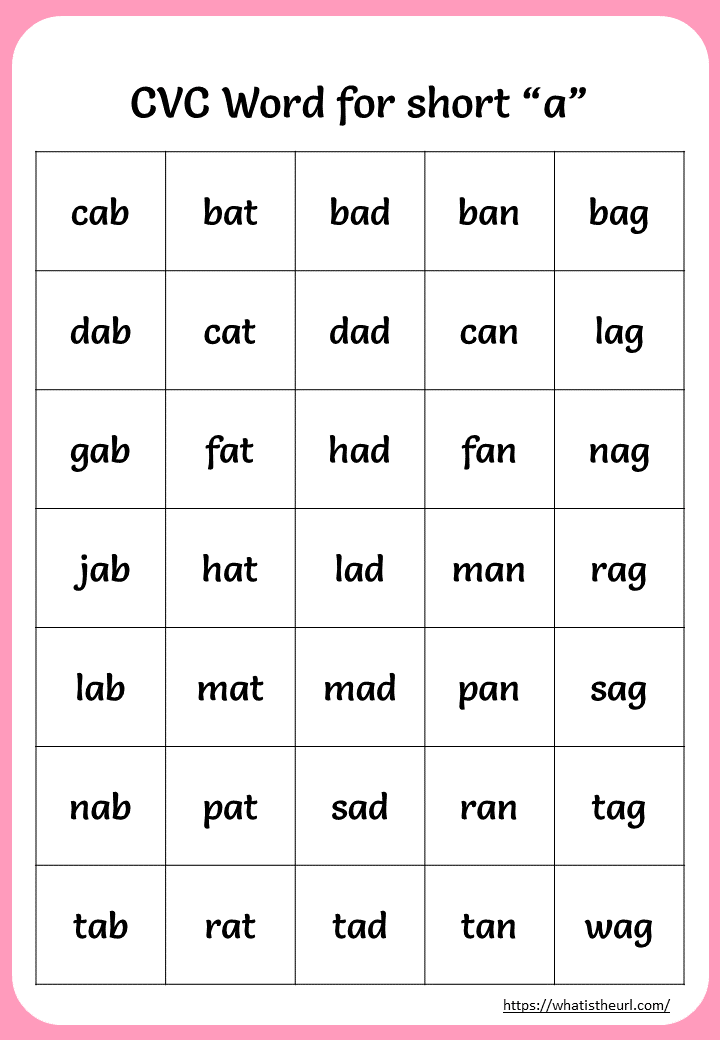
The alphabet is a great place to start learning phonics as if you learn the simple 26 letter sounds of the alphabet you will be well on your way to learning all 44 sounds. Our alphabet phonics song is a good way to learn all of the alphabet letter sounds:
Phonics Terminology
To start to understand phonics terminology its important to understand the difference between sounds that are said and sounds that are written. A sounds that is written is called a grapheme and a sound that is said is called a phoneme. Phoneme and grapheme recognition come hand in hand as your child starts to learn phonics they will make an association between the two. For example when you write the letter ‘a’ this is a grapheme, it makes the short ‘a’ sound (like in ‘ant’), but when the short ‘a’ is said this is the phoneme.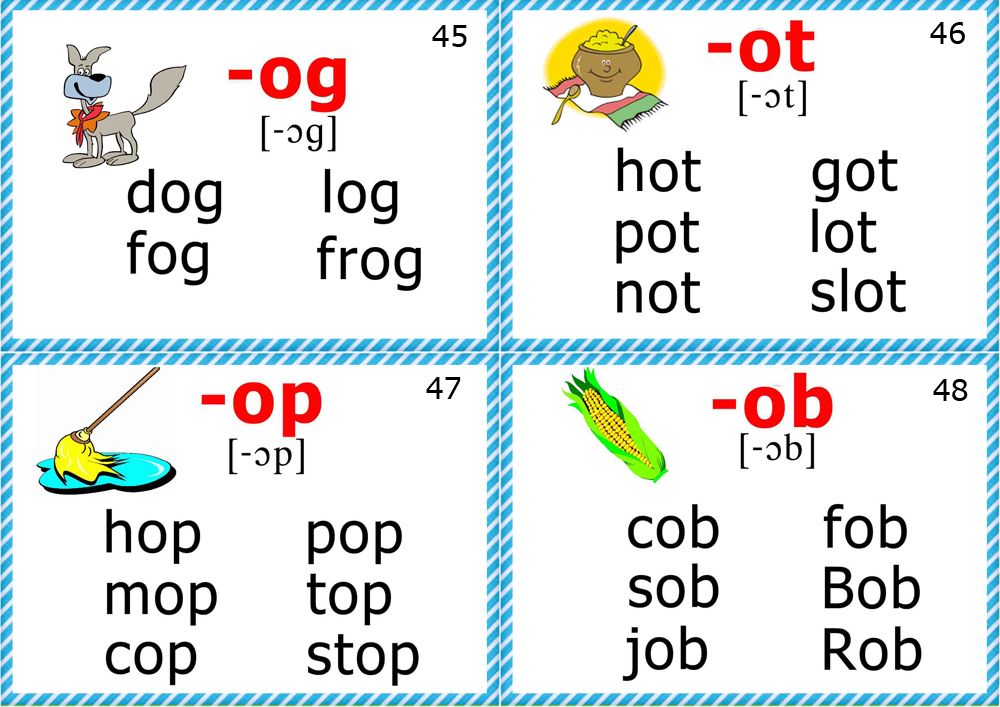
The 44 sounds of the english language are not just made by up by single letters sounds, two letters can work together, sometimes three! These are know as: digraphs, trigraphs and split digraphs. A digraph is made up of two letters working together to make the same sound, for example ‘oa’ like in ‘boat’. Trigraphs are three letters working together to make the same sound, for example ‘air’ in ‘hair’. A split digraph is two letters that work together to make the same sound but are separated by another letter for example ‘i_e’ in ‘bike’.
There are some combinations of letters that sound the same but are spelt differently for example, ‘oa’ in boat an the ‘o_e’ in ‘bone’, both words have the ‘o’ sound but different combinations of letters are used. We call this alternative spelling combinations.
The sound that most children struggle to spot the most when breaking down words into its individual sounds is the 'split digraph'. Like a normal digraph, this is when two letters work together to make one sound, however with a split digraph, they are separated and have a letter in the middle.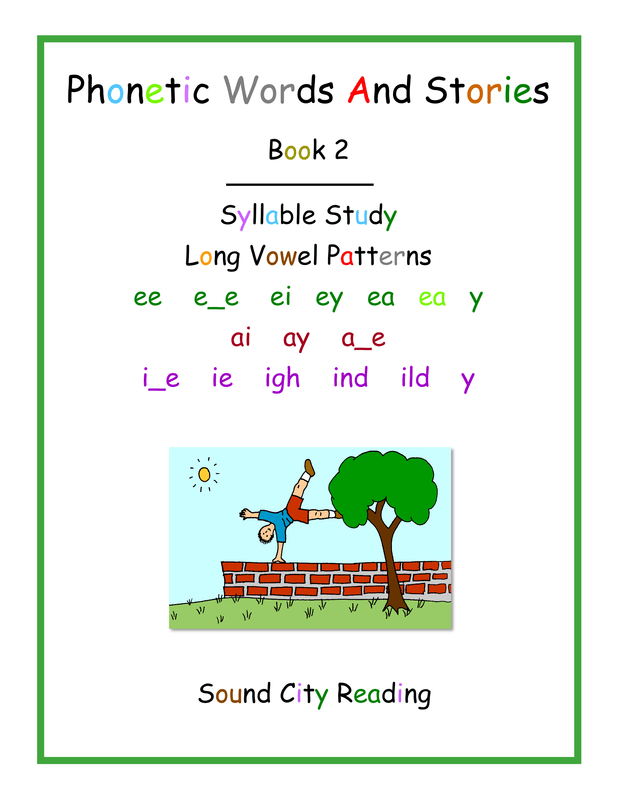
E.g. cake, make, bike, phone
Below is a little phonics codebreaker to help you remember the terminology.
The phonics codebreaker
Phoneme - a sound as it is said
Grapheme - a sound that is written
Digraph- two letters that work together to make the same sound
Trigraph - Three letters that work together to make the same sound
Split digraph - Two letters that work together to make the same sound, separated by another letter
If you are unsure of letter sounds, download Read with Phonics Parent Guide
What is the Phonics Screening Check?
The Phonics Screening check is a compulsory assessment that all children in the UK take at the end of Year 1. It is designed to make sure students have developed phonic decoding skills to an appropriate standard. It was first introduced in 2012 and has shown promising results in raising attainment in literacy and reading.
The Phonics Screening check is made of up of 40 words, 20 ‘real words’ and 20 ‘pseudo words’.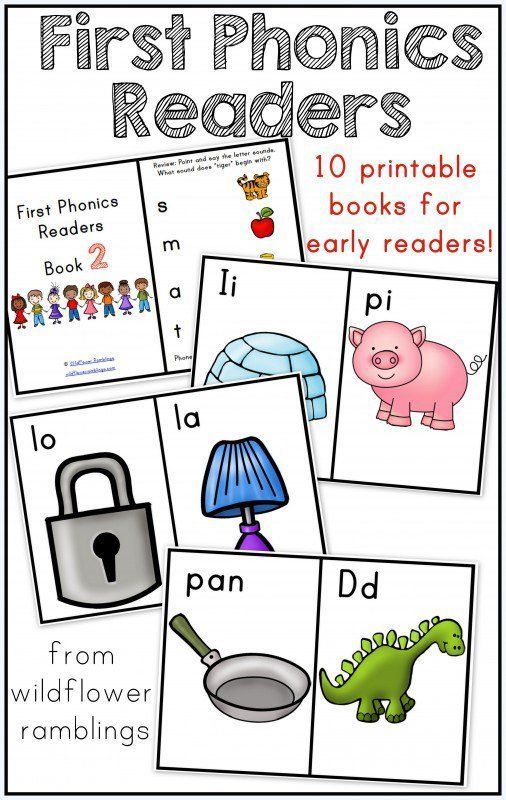 Each child reads the words and the teacher observes.
Each child reads the words and the teacher observes.
The question is, how important is the screening check to the child?
It can benefit the child by giving them a solid foundation of which to progress through school. If they have passed the screening it means they have phonic decoding skills that they can use to decode most words.
The importance of the check should be to make sure that a child is ready to progress into Year 2. The simple fact is, if a child can read, passing the check is easy.
Phonics in the USA
In America, phonics is taught a little differently to the United Kingdom, New Zealand and Australia.
Below are some of the key differences:
Short and Long Vowels: When a vowel (a,e,i,o,u) is followed by one consonant, that vowel is usually short for example ‘e’ makes the ‘e’ sound in ‘get’.
A vowel is long when it says its own name. When a single vowel is at the end of a word or syllable, it usually makes the long vowel sound, as in ‘go’ and ‘paper’.
Silent ‘e’: When ‘e’ is the last letter in a word and there is only one other vowel in that word, the first vowel usually says its own alphabet name and the ‘e’ is silent, like in ‘cake’.
Consonant digraphs and blends: In a consonant digraph, two consonants work together to form one sound that isn’t like either of the letters it is made from.
E.g.
ship
think
Consonant blends are groups of two or three consonants whose individual sounds can be heard as they blend together.
E.g.
clam
scrub
grasp.
Phonics in Australia
Phonics in Australia is taught much the same as in United Kingdom. The terminology and methods of teaching mirror that of synthetic phonics programs taught in the UK.
Phonics in New Zealand
Over the past decade, New Zealand’s educational system has favoured the whole language approach to reading. This teaches children to learn new words based on context: for example, by encouraging them to guess a word in the book they’re reading based on the story, pictures, or words around it.
With a whole reading approach, children don’t learn to break down sounds individually, but to take words at face value and associate them with prior knowledge. If a child sees the word ‘dog’ written enough times with a picture of a dog he or she will then associate that word, in it’s entirety, with the idea of a dog.
But phonics is making a come back! More teachers are using phonics as a way to learn to read instead of a whole reading approach, as used by teachers in the UK and Australia.
Learning English phonetics with children
How to teach children to read in English
So we taught our child to speak simple English with the help of fun lessons (games, cards, videos, cartoons, songs). He is already 6-7 years old, he can read and write in Russian and knows Russian letters well. At the very time to start learning to read in English and mastering the first rules. Of course, the abilities of children are different: for some, the optimal age for learning may be 8 years old, and for some, even 5.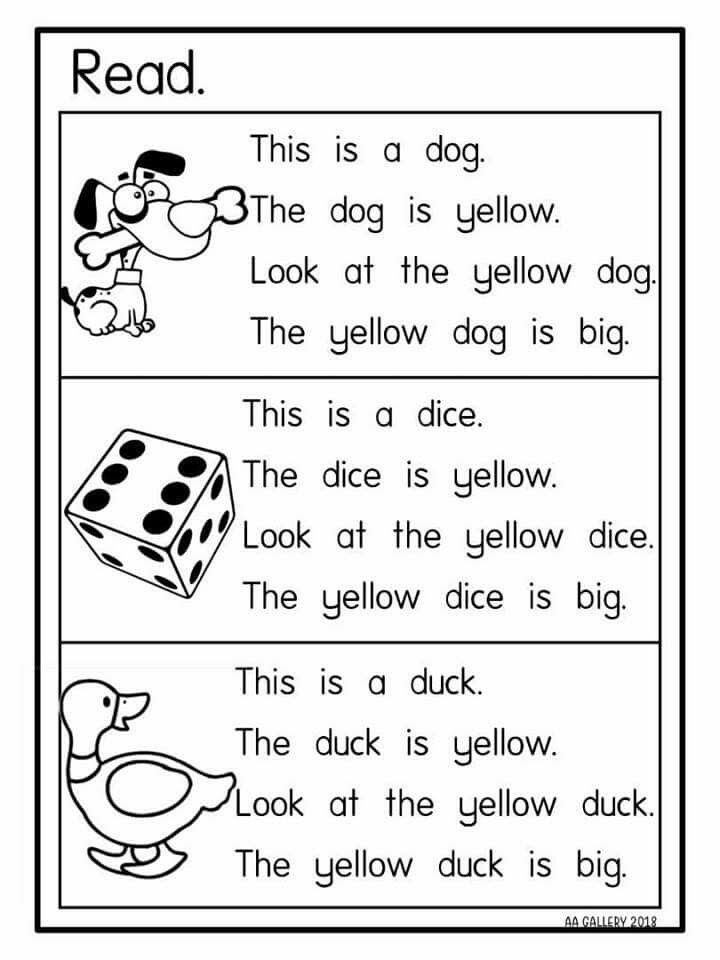 Parents themselves should identify the abilities of their children and in no case try to forcibly sculpt geeks out of them just because the neighboring the child is already a polyglot at the age of three.
Parents themselves should identify the abilities of their children and in no case try to forcibly sculpt geeks out of them just because the neighboring the child is already a polyglot at the age of three.
Basic reading rules for children
Teaching children to read in English should begin in two stages.
First: we learn the English alphabet, and it is possible not in alphabetical order, but starting with the letters used in words that the child has already learned and learned to pronounce well. For example, words:
- table, dog, cat, apple, water, tiger, lion, car, house, etc.
It is very important to start learning with understandable and familiar words: knowing the pronunciation and seeing the word itself, the brain learns to draw analogies, and the child's brain works intuitively and twice as fast as an adult.
How to teach the English alphabet
It is easier to learn the alphabet using a card that additionally contains a transcription of the sound of each letter.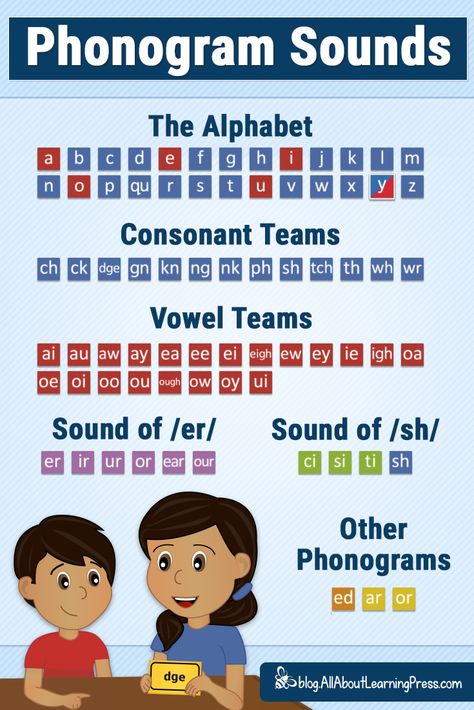
How to memorize the alphabet:
- Learn a few letters a day and use them in words
- Note that the phonetic sound of a letter in the alphabet and a word can be completely different
- Reinforce learned letters with fun lessons:
kids can learn with this fun pig family.
I think the lesson below will give them pleasure:
Children learning the rules of English phonetics
The second stage begins at the very beginning of learning to read and runs parallel to it all the way. Children learn the following rules:
- the same letters and letter combinations in words can be pronounced differently
- some letters are written but not readable
- one letter can be read with two sounds, and vice versa: in a letter combination there can be 2-3 letters read with one sound
All this is called phonetics, and in order to learn it, you need to know the rules of transcription and know:
- What are short vowels sounds:
are pronounced briefly, sometimes their sound corresponds to a Russian sound, and sometimes a special, so-called neutral, intermediate between two adjacent (-o and -a, -a and -e) sounds
- What are diphthongs and triphthongs:
these are sounds consisting of two or three elements
- What are voiced and voiceless consonants?
Reinforcing techniques for teaching reading
To explain phonetic rules, it is desirable to have cards with transcription of sounds in these categories.
Demonstrating a card, we learn the rules for pronunciation of each sound, in accordance with Russian sounds. If there is no Russian analogue, then the pronunciation of the sound is written in detail, indicating the location of the language or finding a similar sound
For example, such a rule for pronouncing the sound [θ]:
- When pronouncing the sound [θ], you need to position your tongue as if you are going to pronounce the sound “s”, only place its tip between the teeth.
Or the following rule for pronouncing the sound [ə]:
- The sound [ə] is pronounced as the middle between -o and -a, or unstressed -o and -a in the words "water" and "room".
In the process of learning phonetics, we fix the rules of reading on examples of words.
Such not very interesting lessons can be diversified with visual videos:
I can't help but recall the wonderful technology of color reading, which greatly simplifies the intuitive memorization of phonetics rules for children in practice.
See also a very informative and useful lesson on English reading lessons:
English phonetics for children
According to modern psychological and pedagogical research, every person from birth is endowed with the function of perceiving and reproducing speech. It is this innate speech function, and not mechanical memory at all, that is the fundamental basis in our childhood for mastering native and foreign speech, since it synthesizes the necessary mental features for processing and perceiving the sound stream. But innate abilities, as you know, must invariably be backed up by a well-formed set of honed skills and abilities.
Thus, English phonetics for children involves work on the formation of the child's articulatory apparatus and the development of phonetic hearing, which covers the teaching of sounds, which are divided into three small conditional subgroups:
- Sounds almost identical to native ones;
- Similar, but with specific articulation;
- Sounds that do not have analogues.
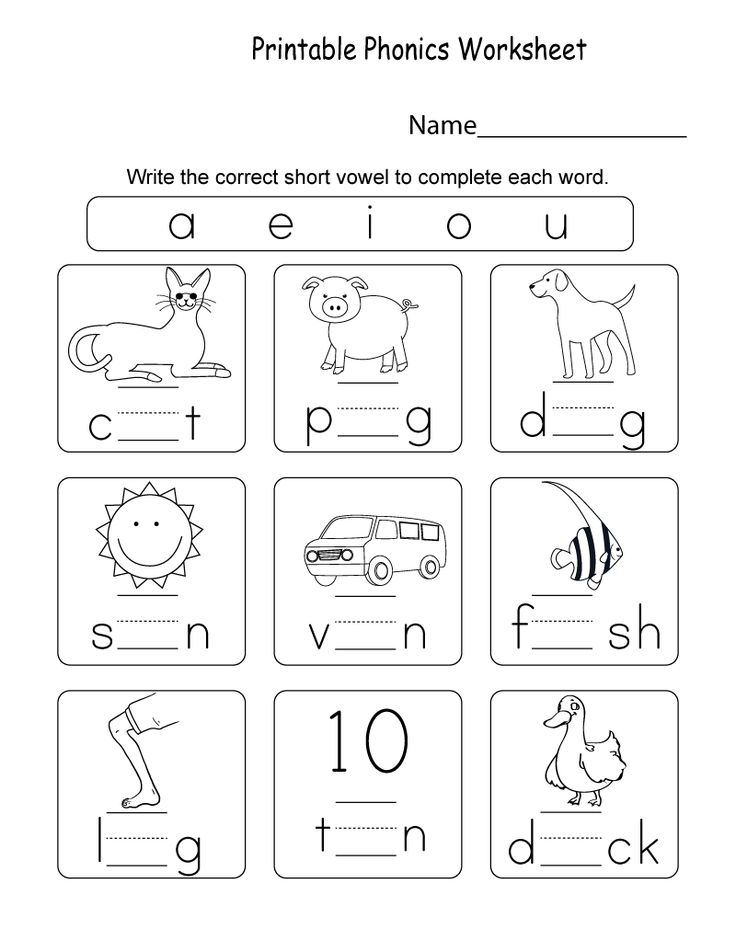
As a result of this division, it is necessary to teach children English phonetics, guided by the following basic provisions:
1. Imitation.
It is well known that children have a very developed sense of imitation, therefore, it is necessary to use this ability. Young children are certainly capable of memorizing a large number of thematically related words or situational emotional expressions. At the same time, the lexical units selected for them should contain the sounds of the first subgroup and be easy to pronounce, not long, but this is only at the initial stage of learning.
2. Features of the speech apparatus.
A child's speech apparatus is characterized by a high degree of plasticity, and, of course, a child, due to personal abilities, is able to more or less clearly pronounce those English sounds and intonation groups that are presented to them. Therefore, it should be remembered that English phonetics for children should not initially be adapted. Such simplification can cause useless habituation to pronounce sounds not quite accurately, and then, at an older age, one may encounter the problem of relearning.
Such simplification can cause useless habituation to pronounce sounds not quite accurately, and then, at an older age, one may encounter the problem of relearning.
3. Opposition.
In order for an element of comprehension of phonetic material to be present, it is necessary to place accents and explain the main difference between native, that is, familiar to children, and English shades of intonation and sounds. Constantly analyzing and contrasting the intonation and sounds of the second subgroup, they learn not to confuse them in speech.
4. Differences in sound systems.
The child, listening to foreign speech, pays, first of all, the sounds of the third subgroup, unusual for the native language, and their combinations. Therefore, it will not be superfluous to acquaint children with the pronunciation of sounds characteristic only for the English language, highlighting a separate lesson for them.
5. Development of phonemic hearing.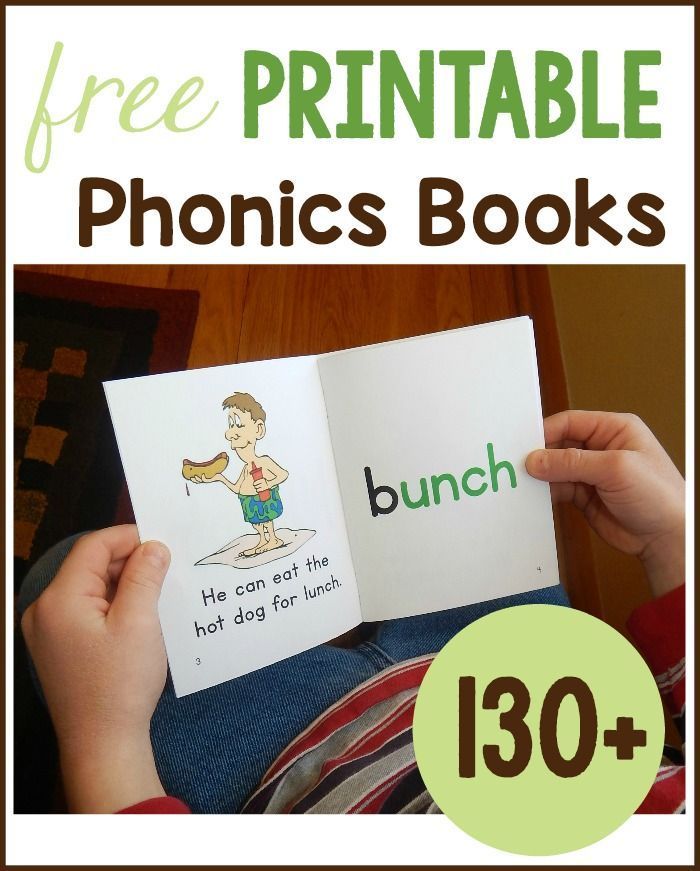
In order for children to master the sound system well, it is recommended to conduct didactic games, the basis of which would be the generalization and comparison of the sounds of three subgroups and their combinations.
6. Formation of skills.
The development of phonetic skills is based mainly on sound imitation during the so-called phonetic exercise, which is necessarily organized in the form of an exciting game or performance.
7. Recommended number of sounds.
It is inappropriate to plan the study of a whole subgroup of sounds at the same time. Two or three sounds assigned to one lesson are enough, which may belong to different subgroups.
Therefore, English phonetics for children, as a separate section, should include purely phonetic moments, as well as individual organizational problems, and correspond to the characteristics of age. And most importantly, learning should resemble a game and a performance, the participants of which are both children and adults themselves.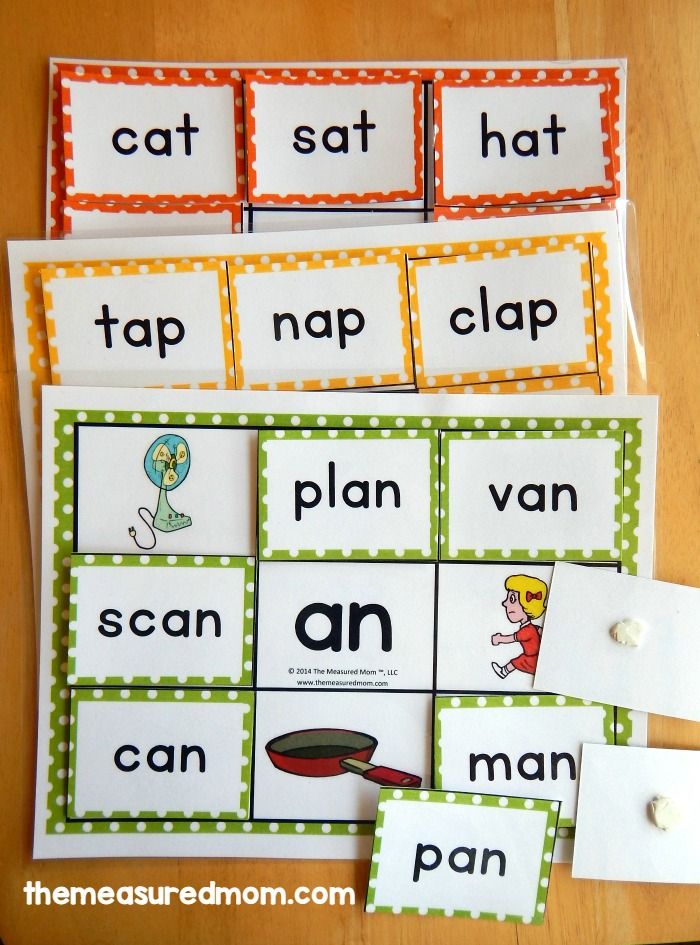
Skype English school blog for kids
Did you know that the English alphabet consists of 26 letters and 46 different sounds? The same letter can convey several sounds at the same time. Just don't panic! We will tell you how easy it is to remember English sounds without boring tables and cramming.
As a rule, in English lessons a child keeps a separate dictionary, in which the pages are divided into three columns: “word”, “transcription”, “translation”. New words are written there, which then need to be learned. And if everything is clear with the columns "word" and "translation", then with "transcription" there are often difficulties.
What is transcription? This is a kind of instruction on how to read a word. Usually it is written in square brackets. For example: [pen]. The characters that are inside square brackets are the sounds of the English language. One character = one sound. Only these characters are not always similar to the letters of the alphabet .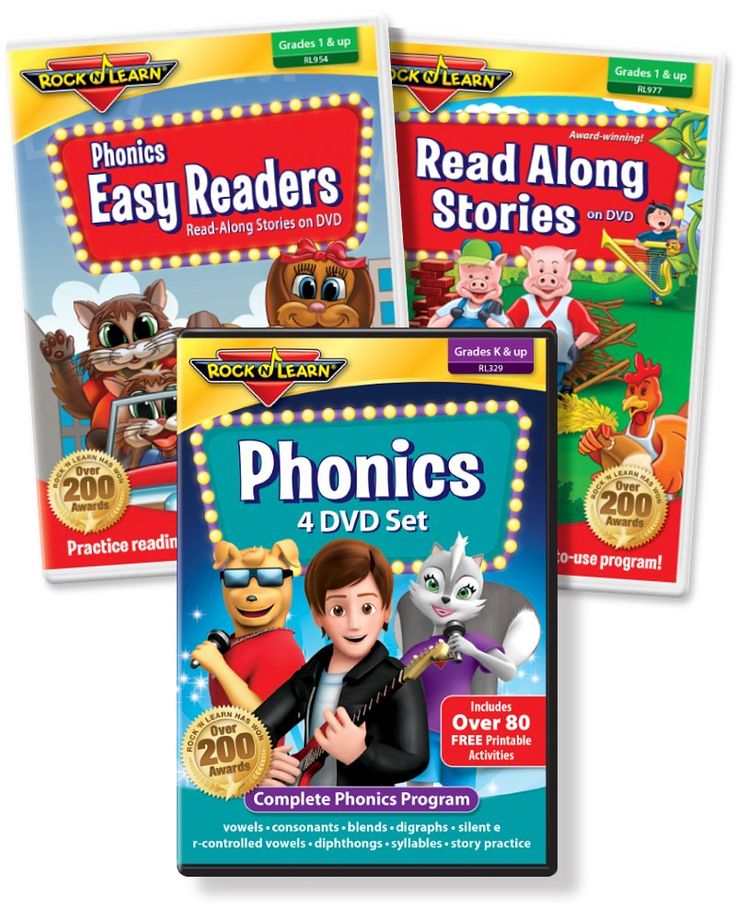 Let's look at the English sounds that are most difficult for a child and how to learn them:
Let's look at the English sounds that are most difficult for a child and how to learn them:
Do you want your child to keep up in English at school?
Selecting associations
It's no secret that complex things are easier to remember using associations. This rule works especially well for children.
ʊ - short [y] - very similar to the badge "horseshoe"
æ - wide [e] - open your mouth wide and say "e". We call this symbol "bug badge" 🐞
ŋ - [n] - a funny sound that is similar to how the Baby Elephant spoke in the cartoon "38 Parrots" 🐘. Need to say "n", but a little "on the nose", like you have a runny nose . Try pinching your nose with your fingers, open your mouth and say "n". Happened?
ð - interdental [z]
θ - interdental [s]
To remember this pair of sounds, a child can be told a whole fairy tale : “There was a little bunny (our tongue). But he was very shy, so he sat in a mink (in his mouth) all the time. But one day he dared to stick the very tip of his nose out of the mink (we put the tip of the tongue between the teeth). At first he said softly [θ], and then loudly [ð].
But he was very shy, so he sat in a mink (in his mouth) all the time. But one day he dared to stick the very tip of his nose out of the mink (we put the tip of the tongue between the teeth). At first he said softly [θ], and then loudly [ð].
s, d, n, t - [s], [d], [n], [t] - remember the Jumble series about English pronunciation? “You need to talk like you have a hot potato in your mouth,” is the best explanation for the baby. When you pronounce these sounds, the tongue touches the hard palate and alveoli , a little further than in Russian.
r - [r] - the English "r" is not like ours. In Russian, the tongue seems to tremble in the mouth. In English, the tongue "rolls" with its tip back towards the soft palate.
w - [y] / [v] - there is no such sound in Russian either. First, we stretch our lips, trying to say “y”, but then the lips should “spring” , as it were, , without closing and returning to a smile.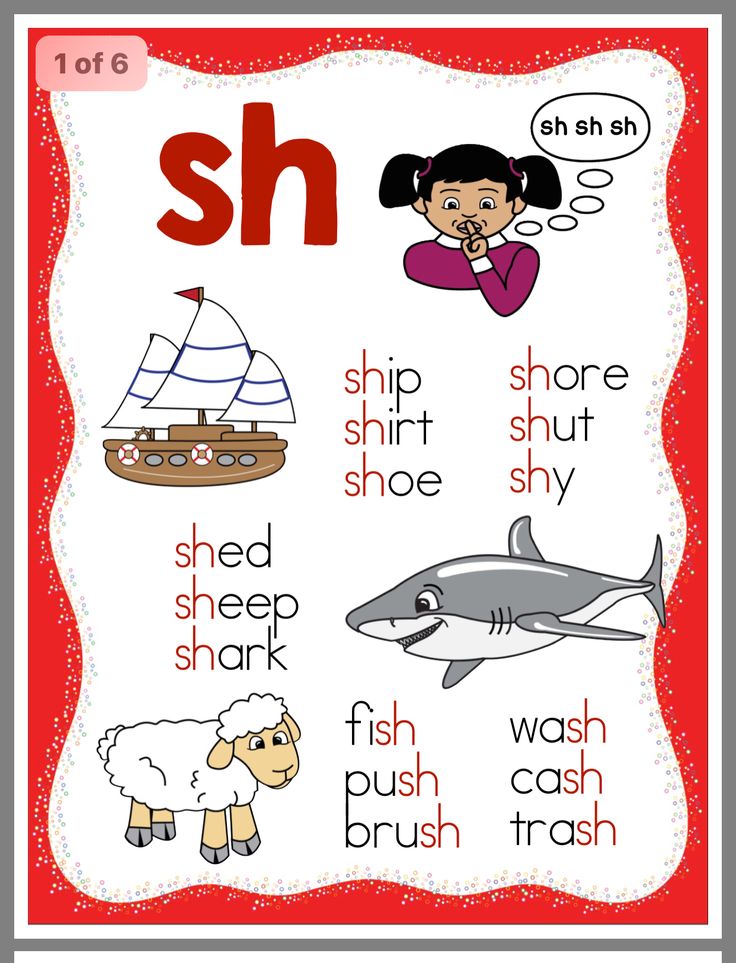 Remember how you say "Wow!".
Remember how you say "Wow!".
e - narrow [e] - similar to the Russian "e" without the "y". When pronunciation, open your mouth quite a bit.
ə - deaf [e] - a deaf, slightly "stifled" sound, very short and almost indistinguishable. When you say the word "m o loco", then you pronounce this sound in place of the first "o". The symbol is called funny - "seam".
ɜ - middle [e] - reads like the letter ё in the word "ice".
j - [th] - very important not to confuse with the letter Jj ("jay")! In transcription, this symbol does not mean at all what the letter does.
To make things even easier, we have drawn the main characters of the English transcription with the appropriate sounds of the Russian language.
Sources: http://englishfull.ru/deti/chteniya.html, http://www.comenglish.ru/anglijskaya-fonetika-dlya-detej/, http://allright.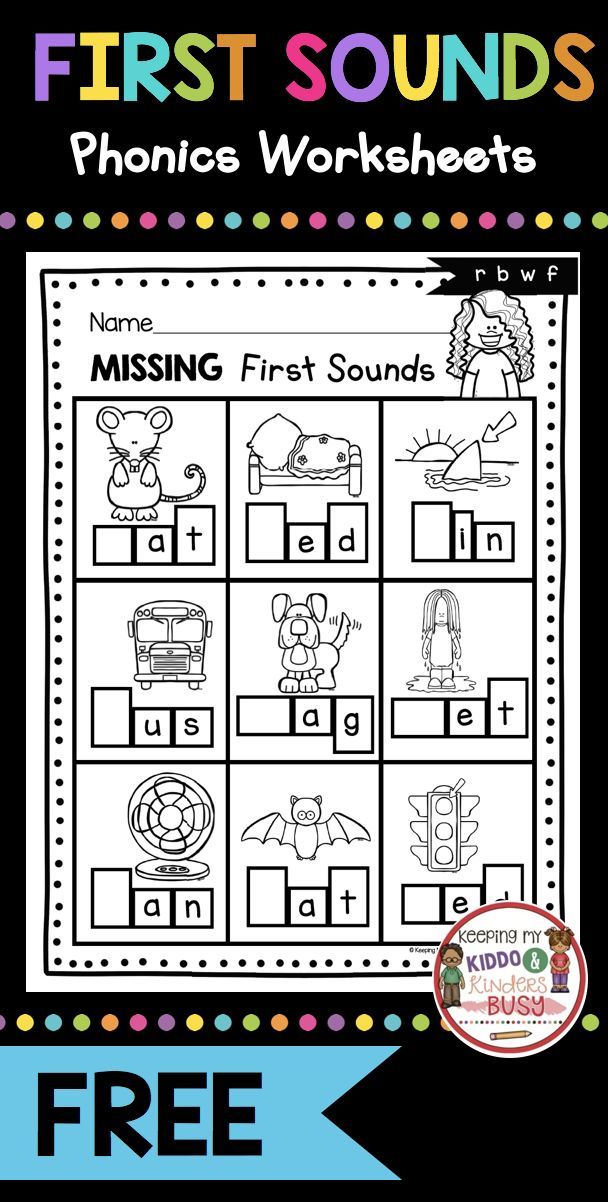 io/blog/2017/09 /18/anglijskie-zvuki-dlya-detej-chitaem-transkriptsiyu-pravil-no/
io/blog/2017/09 /18/anglijskie-zvuki-dlya-detej-chitaem-transkriptsiyu-pravil-no/
English phonetics for beginners ∣ Enguide.ru
You need to know the correct sound in order to learn how to speak English correctly. The study of speech sounds is phonetics, which we will talk about in this article. And we will try to make the phonetics of the English language become understandable for you and not cause problems.
Learning any foreign language begins with learning its alphabet. After that, it turns out that these letters sound and are used in words in different ways. So in English there are 26 letters, but as many as 48 sounds, which are indicated by these letters. The rules for pronunciation of sounds, letters and, accordingly, words are studied by the phonetics of the English language.
Phonetics is a branch of linguistics that studies the sounds of speech and the sound structure of the language (syllables, sound combinations, patterns of connecting sounds in a speech chain).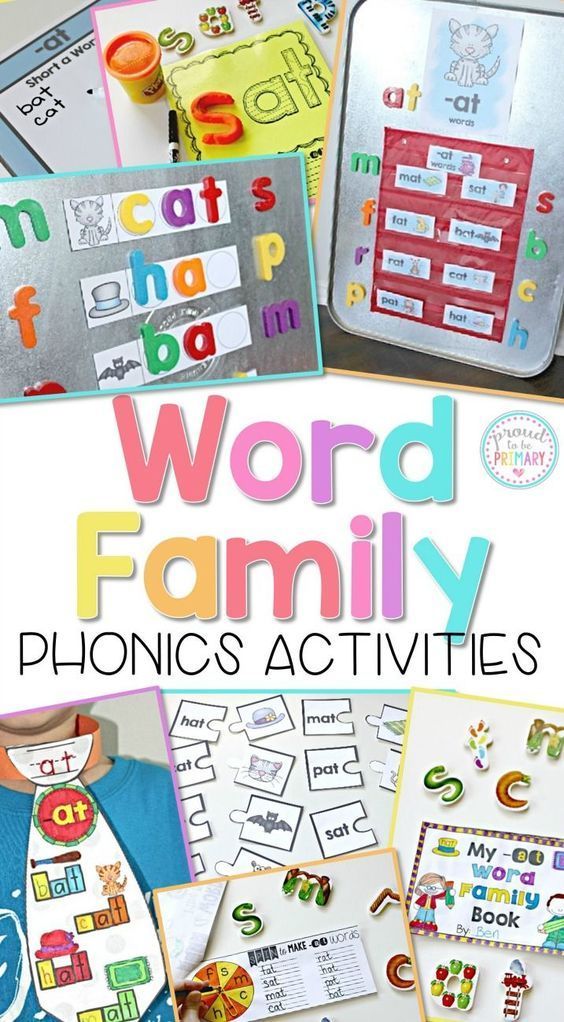
Theoretical phonetics of the English language explores the close relationship between oral, internal and written speech. But phonetics as a whole explores not only the language function, but also the material side of its object: the work of the pronunciation apparatus, as well as the acoustic characteristics of sound phenomena and their perception by native speakers. This is the practical phonetics of the English language. It is not by chance that we mention the theoretical and practical components. The thing is, sounds as intangible phenomena are those elements of the language system that allow you to translate words and sentences into a material sound form. Otherwise, oral communication would be impossible. That is the importance of English phonetics and that is why we have devoted a separate article to it.
English phonetics for beginners
In one of the recent articles on the rules of reading in English, we talked about how to pronounce English sounds and the syllables in which they are used, and presented them in tables with pronunciation - transcription.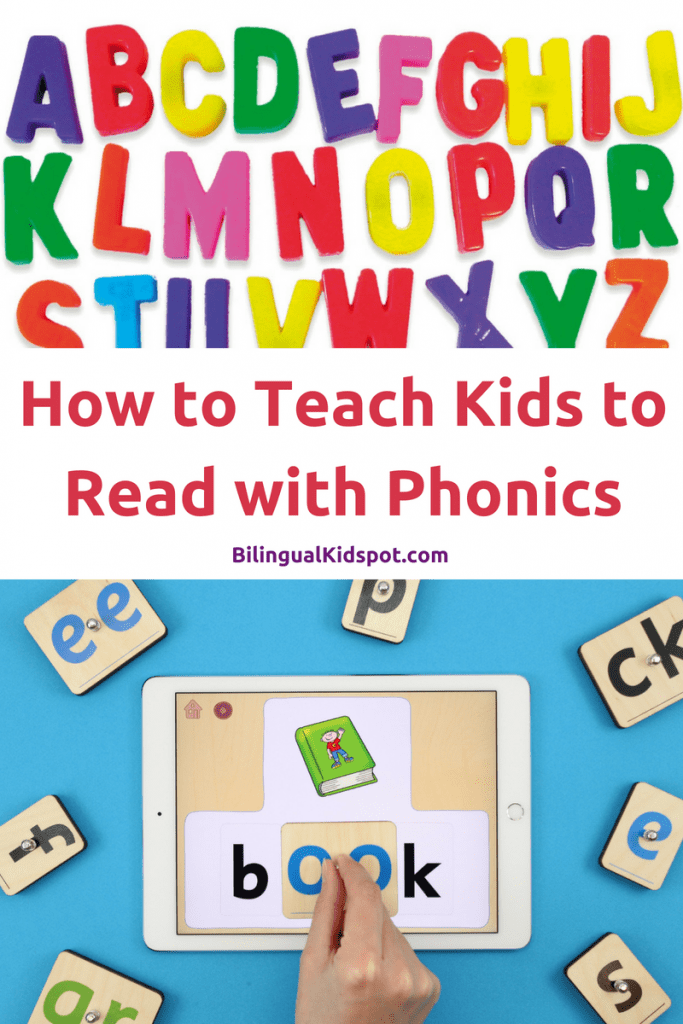 Then they found out that transcription is a very convenient tool for understanding how English sounds.
Then they found out that transcription is a very convenient tool for understanding how English sounds.
Transcriptions are special characters that indicate how to pronounce speech sounds. Transcription helps to understand the difference between spelling and pronunciation in English.
As we have already said, there are 48 sounds in the English language. This means that 48 signs of English transcription have been created - one sign for each sound:
| Vowels. 6 letters: a, e, i, o, u, y | |||
| [i:] eat | [ei] lake | [ i ] it | [ai] like |
| [ e ] pen | [au] house | [æ] bad | [ɔi] boy |
| [ a: ] art | [ou] home | [ɔ] box | [iə] ear |
| [ʌ] cup | [ɛə] air | [u] cook | [uə] poor |
| [u:] school | [juə] Europe | [ju:] tune | [aiə] fire |
| [ə:] girl | [auə] hour | [ə] paper | [ɔ:] all |
| Consonants. | |||
| [ f ] five | [d] do | [ v ] very | [ k ] key |
| [θ] thick | [g] gas | [ð] this | [tʃ]chin |
| [s] so | [dʒ] Jim | [z] zoo | [ m ] mother |
| [ ʃ ] ship | [ n ] no | [ʒ] pleasure | [ŋ] long |
| [ h ] horse | [ l ] less | [p] park | [r] river |
| [ b ] book | [ j ] yellow | [ t ] tea | [ w ] white |
Each letter sounds in a certain way, but sometimes two letters at once denote one sound, as can be seen in the tables.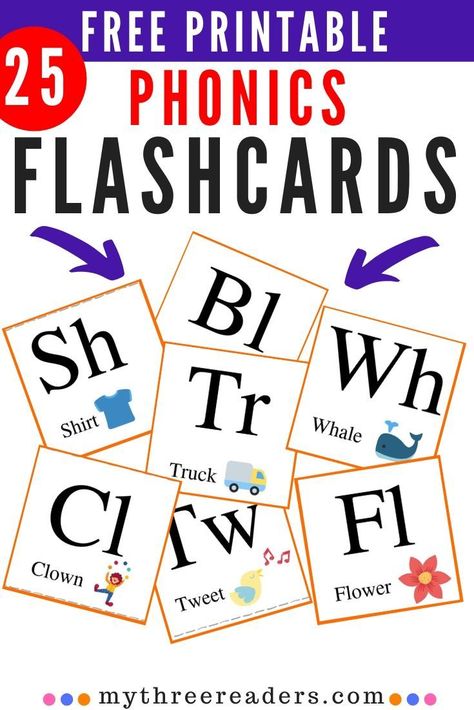 This combination of letters is called a digraph. Examples of digraphs:
This combination of letters is called a digraph. Examples of digraphs:
- gh [g] - ghost [gəʋst]
- ph [f] – photo [‘foutou]
- sh [ʃ] – shine [ʃaɪn]
- th [ð], [θ] – think [θɪŋk]
- ch [tʃ] - chess [tʃes].
A vowel that smoothly passes from one to another is a diphthong. Examples of diphthongs:
- ea – bread [bred]
- i.e. friend [friend]
- ai – again [əˈɡen]
- au - autumn [ˈɔːtəm].
It is important to consider that the number of letters and sounds in a word may vary. For example, the word “help” has 4 letters and 4 sounds [help], and the word “six” has three letters, but 4 sounds [sɪks].
Practical phonetics of the English language
In the article about English pronunciation training, we mentioned the inseparable connection between English phonetics and anatomy. Phonetics exercises are designed specifically to turn theoretical knowledge into the skills of correct English pronunciation of words and sentences. In addition, the practical phonetics of the English language helps to hear and understand the speech of its native speakers.
In addition, the practical phonetics of the English language helps to hear and understand the speech of its native speakers.
We also advise you to pay attention to English courses for beginners.
In practice, we all feel how, during the pronunciation of sounds, the air encounters barriers formed by our tongue, lips, teeth, and even alveoli. Depending on this, two types of consonants are distinguished: deaf and voiced:
| Voiced consonants (the vocal cords are close and tense, and the exhaled air makes them vibrate): | Voiceless consonants (the glottis is open and the exhaled air passes silently through the larynx): |
| [ b ] [v] [g] [d] [ʒ] [z] [l] [m] [n] [r] [dʒ] - [ð] | [k] [p] [s] [t] [f] [h] [tʃ] [ʃ] [θ] |
But these are not all options. A more detailed classification distinguishes consonant sounds in English according to those specific barriers that the air meets:
A more detailed classification distinguishes consonant sounds in English according to those specific barriers that the air meets:
- Stop consonants . The organs of speech close in such a way that they completely block the passage for air: [p, b, t, d, k, g].
- Nasal consonants . Air passes out through the nasal cavity: [n, m, ŋ].
- Slotted consonants . The organs of speech do not close completely and a narrow passage remains - a gap for air: [θ, ð, ʃ, ʒ, s, z, h, f, v, w, r, j, l].
- Stop-fricative consonants . The barrier opens slowly and at the same time passes into the gap: [tʃ, dʒ].
- Labio-labial consonants . The lower lip approaches the upper one: [f, v].
- Interdental consonants . The tip of the tongue is between the lower and upper front teeth: [θ, ð].
- Alveolar consonants . The tip of the tongue touches or rises to the alveoli: [t, d, l, s, z].
As for vowels, they are also not the same.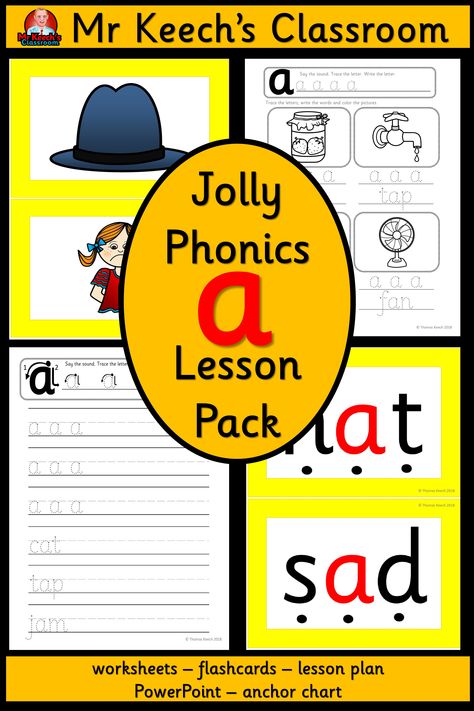 They are affected by different positions of the tongue relative to the palate:
They are affected by different positions of the tongue relative to the palate:
- Front vowels. The tip of the tongue rests against the base of the lower teeth, and the back of the tongue comes quite close to the palate: [ i: ].
- Back vowels. The tongue is pulled back and the tip of the tongue is lowered, and the back of the tongue is raised to the soft palate: [a:].
At first glance, this classification may seem difficult, but believe me, in practice you will feel and immediately understand what's what. And understanding the origin of the sound will help pronounce it correctly. Well, for children, it is desirable to combine the study of English phonetics with the game. For example, as in this phonetics exercise:
Exercises in English phonetics
To practice English pronunciation, it is also necessary to take into account stress - that is, the selection of one or more syllables in a word.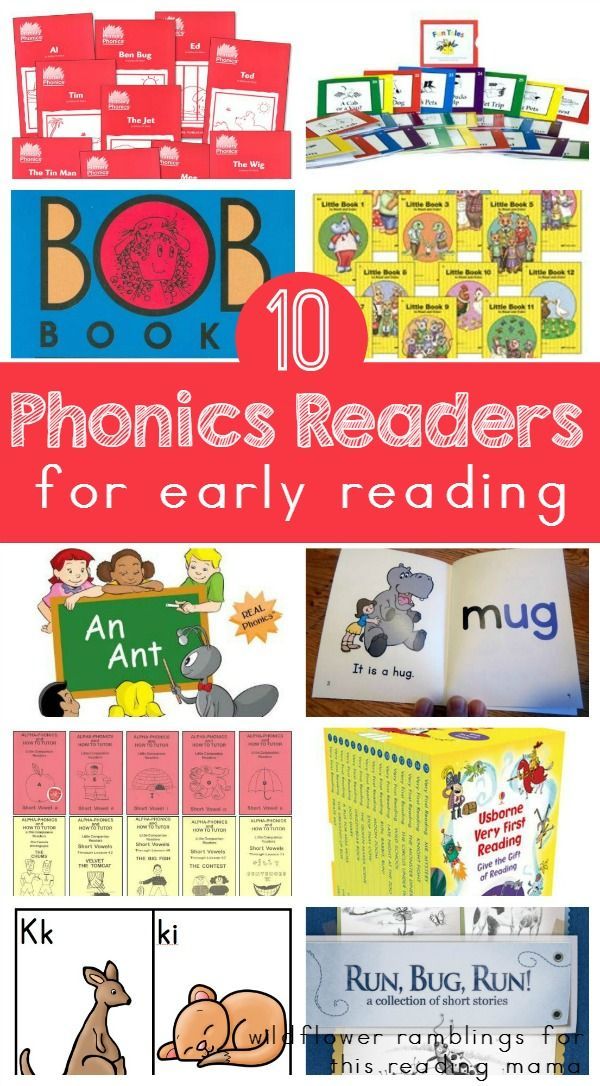 The stressed syllable is pronounced more vigorously, with greater tension of the organs of speech. Stress helps to distinguish words and understand their meaning both in themselves and in context. For example:
The stressed syllable is pronounced more vigorously, with greater tension of the organs of speech. Stress helps to distinguish words and understand their meaning both in themselves and in context. For example:
- to ex`port (verb “to export”)
- ` export (noun “export”).
The second important aspect of pronunciation of phrases and sentences is intonation . Through intonation, we understand or “explain” whether a sentence is a narrative, a question, a request, or an exclamation.
The simplest exercise in English phonetics is done at the Beginner (Elementary) level:
- Write your name in English.
- Now spell your name.
- Do the same with three to five more names (you can think of friends, family members and/or classmates).
You can practice English phonetics like this:
- Spell the words: Yes, Last, Key, Yellow, Funny, Girl, Toy, Now, Sleep, Drama, Kiss, King.
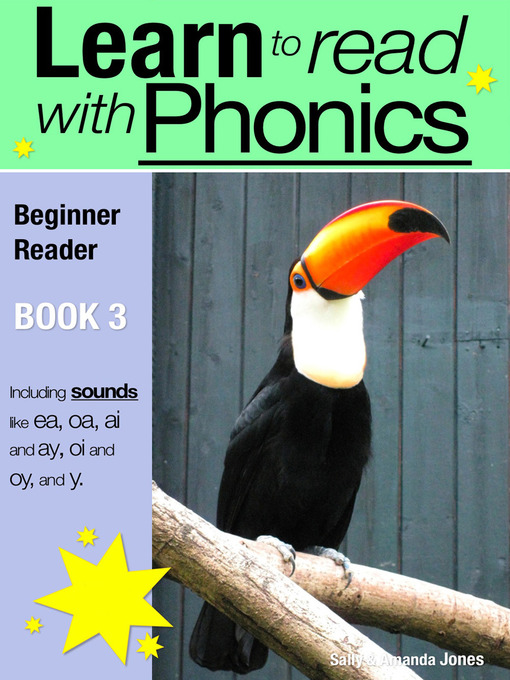
Learn more

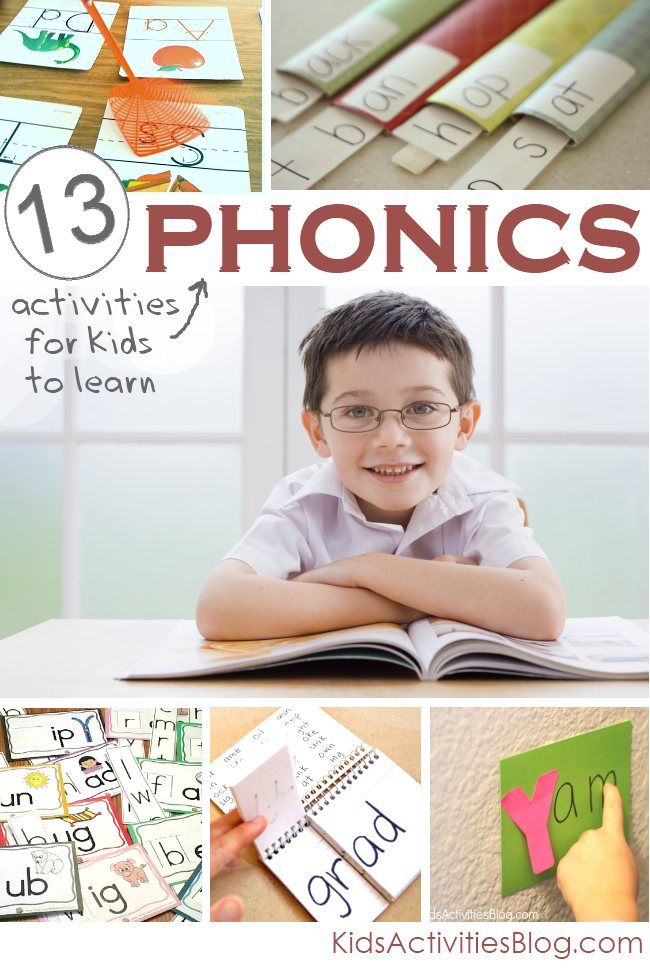 21 letters: b, c, d, f, g, h, j, k, l, m, n, p, q, r, s, t, v, w, x, y, z
21 letters: b, c, d, f, g, h, j, k, l, m, n, p, q, r, s, t, v, w, x, y, z 
